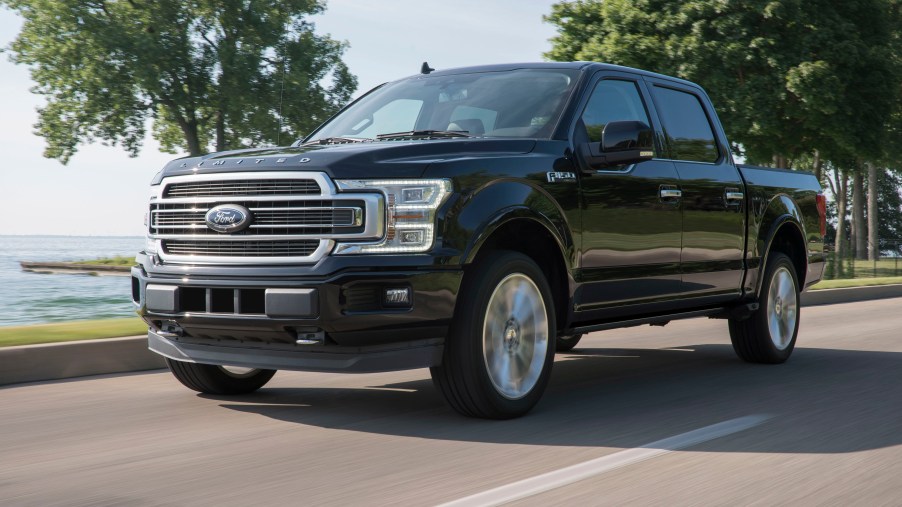
Why Ford’s Aluminum Truck Bed Might Be Better for You
Manufacturers are always coming up with new and innovative ways to make their pickup trucks stand out in the market. Technology was the area that automakers targeted the most. At least, until gas mileage became the focus for consumers. One particular automotive production company paved the way for something that turned out to be quite controversial but has proven to be more effective than most people expected.
Back in 2015, Ford introduced aluminum into its F-150 pickup. Critics across the board scoffed at them, claiming it wouldn’t hold up and repairs would be a nightmare to deal with. But, a few years later and the aluminum beds are still going strong. In fact, the competing automakers are scrambling to catch up with their own creations to compete with Ford and their creative way to achieve better gas mileage in their vehicles. Car and Driver reported on how the aluminum bed performs with competitive materials.
Repairing the aluminum bed
Back when Ford initially started using aluminum on the F-150 trucks, they were criticized. Their competitors felt that the aluminum would increase repair and insurance costs extensively. However, Automotive News reported, recently, that a few years later, the aluminum repairs aren’t near as expensive as the naysayers projected. In fact, it has proven to cost less than repair work done to steel beds.
The reason that Ford survived it, is that they anticipated the challenges it would incur and met them right at the beginning before they could get out of hand. They spent a good deal of money on specialized training for some dealers, so they would know how to repair them correctly and inexpensively. Also, they educated insurance companies as well on the aluminum and its benefits. To help aid in repair, Ford redesigned how they installed the body panels. With a few strategic designs, repair technicians could easily and quickly gain access to the part they needed. They could save time and money by not having to remove a whole slew of parts just to get to the one panel they needed to replace.
Weight loss and recycling
The Ford F-150 lost quite a bit of weight when they did away with the steel bed. Along with that, they also replaced a few other panels with aluminum. Because of that, they ended up with a truck that was close to 700 lbs lighter than their previous Ford F-150. Their competitors had much heavier trucks, so it gave Ford an edge when it came to getting better gas mileage.
Ford cut the cost in production by recycling the scraps of aluminum left over from a few of their vehicles. The pieces go to a supplier who recycles them into aluminum coils. They then send those parts straight back to Ford who uses them for other vehicles.
Ford’s competition
GMC announced that they will offer a CarbonPro bed for its Sierra pickup. This is a carbon-fiber material that they claim is scratch-resistant and dent-proof. Considering both the carbon-fiber material and aluminum are rust and corrosion resistant, it should place them neck and neck with Ford in this category.
General Motors also claims that the bed is 25% lighter than their steel beds. That’s impressive, but it still doesn’t stand up to Ford’s several hundred lbs weight savings achieved when going with more aluminum in their trucks.
At this time GMC offers limited availability for their new bed with plans for expanding that in the future. Since Ford made their aluminum beds standard among several of its vehicles, as well as using aluminum in other parts of the trucks, it looks like they have the upper hand here. Aluminum appears to be paying off for Ford.


